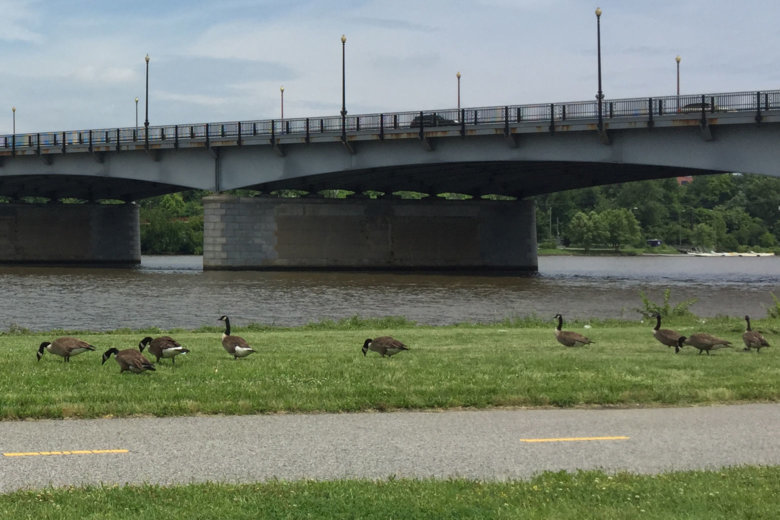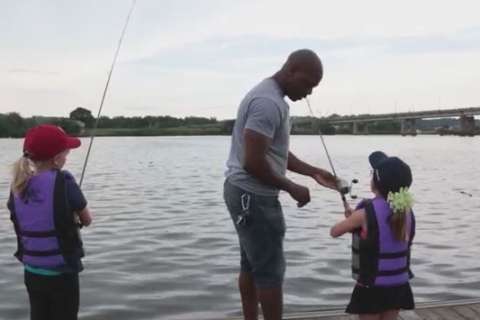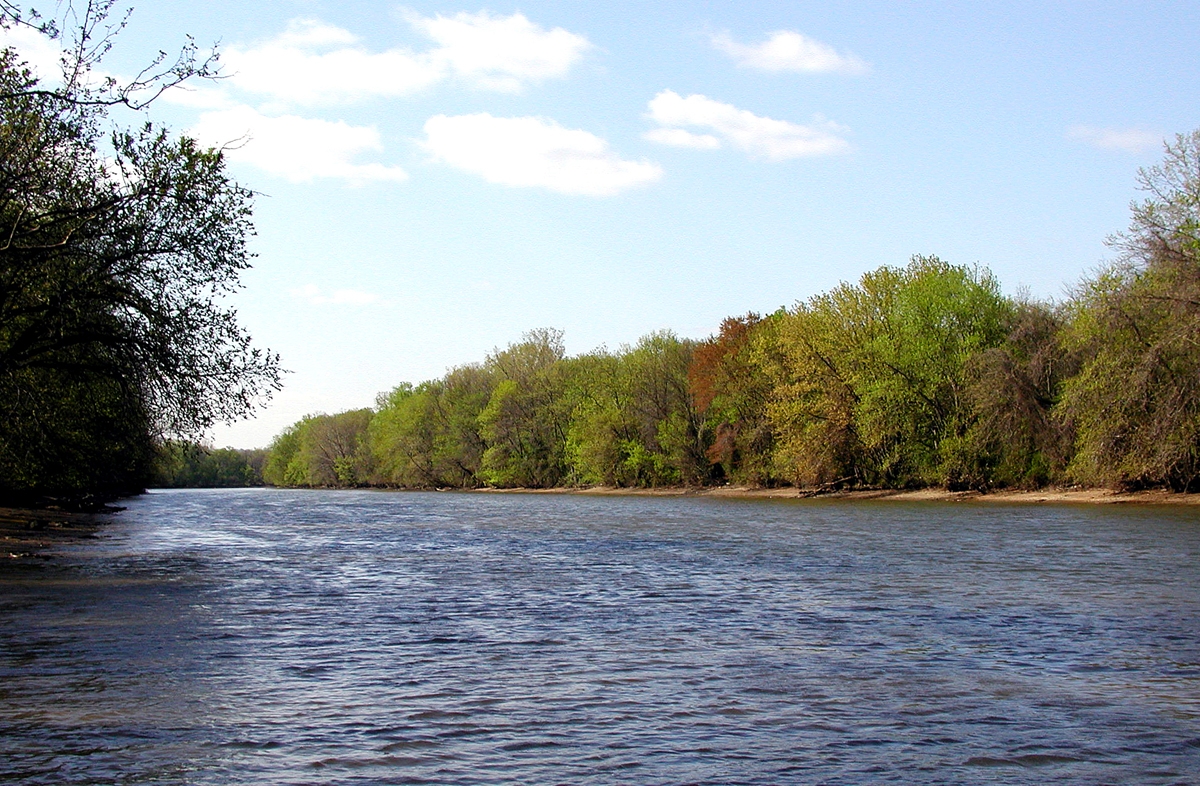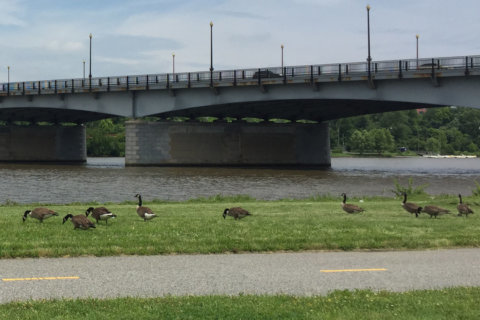
WASHINGTON — The Anacostia River is closer to meeting goals for residents to swim and fish in it by 2025: For the first time ever, it’s getting a passing grade of “D-” on its “State of the River” report card.
“A ‘D’ is fabulous for us. And, we’re not done. What it says is, ‘Hey, we’re making progress,’” said Jim Foster, president of the Anacostia Watershed Society.
The group has been issuing the report cards on water quality for the last decade, evaluating criteria such as stormwater runoff, fecal bacteria, toxics remediation and submerged aquatic vegetation.
The current grade of D- is for 2017 and is based on data from 2016.
“We managed to get a passing grade for last year without the huge accomplishment of opening the DC Water tunnel. That will be in next year’s report card — boom!” Foster said of expecting explosive improvement.
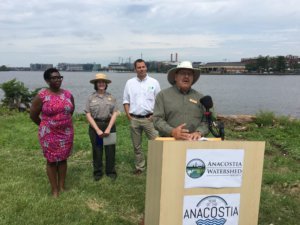
Since opening in March, the tunnel has prevented more than a billion gallons of wastewater overflow into the river, according to DC Water.
Work by many partners is resulting in the steady improvements.
At a Wednesday news conference announcing the report card results, those in attendance heard about efforts to free the river of litter. The Prince George’s County Department of the Environment has education campaigns to encourage people to dispose of trash properly. A DC Water skimmer boat removes trash and debris multiple times a day near daily.
Within Anacostia Park, the National Park Service has worked to reduce the number of Canada geese.
“They’re here all year. They’re peeing and pooping in the river. And then, a lot of people don’t know this, they’re eating our emerging wetland plants the second they pop out of the ground,” Foster said.
There’s much work yet to be done. About 50 percent of the fish in the Anacostia have tumors from exposure to toxic chemicals.
“For 100 years, we did bad housekeeping at the Navy Yard, Washington Gas, Pepco — all of us, frankly — and we still are seeing the results of that,” Foster said.
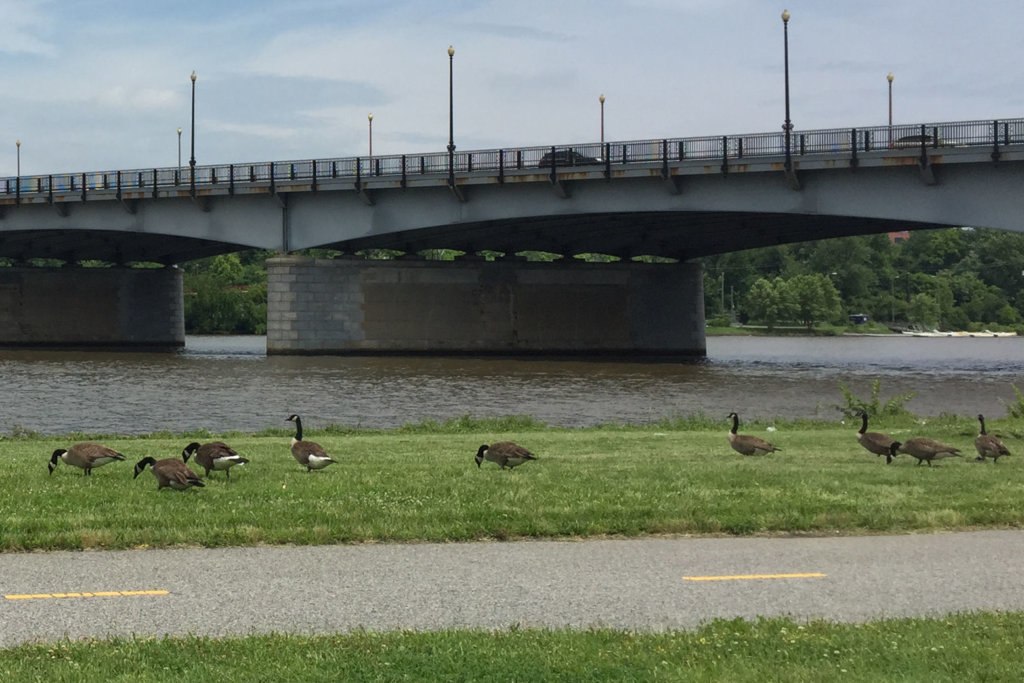
“Today, we’re trying to figure out how to manage those (remaining chemicals) in a manner that is protective of human health and the environment.”
The year of its first passing grade for water quality also happens to be designated the “Year of the Anacostia” by the Metropolitan Washington Council Of Governments.
“It is the perfect time to #ComeToTheRiver and immerse yourself in this remarkable place. From kayaking and hiking, to dining and sports, there is something for everyone,” Anacostia Watershed Restoration Partnership Chairman Adam Ortiz said in a news release.
“The Anacostia is also amazing because of its rich history, its diverse communities, its crucial fish and wildlife habitat, and its countless opportunities for recreation, leisure and adventure,” Ortiz said.

